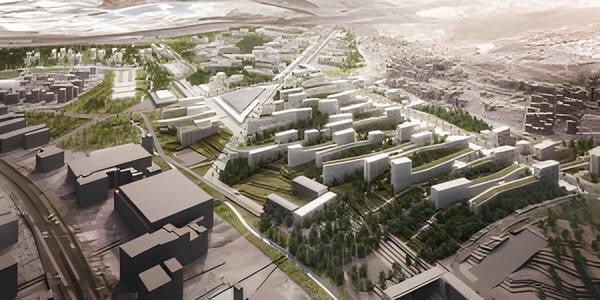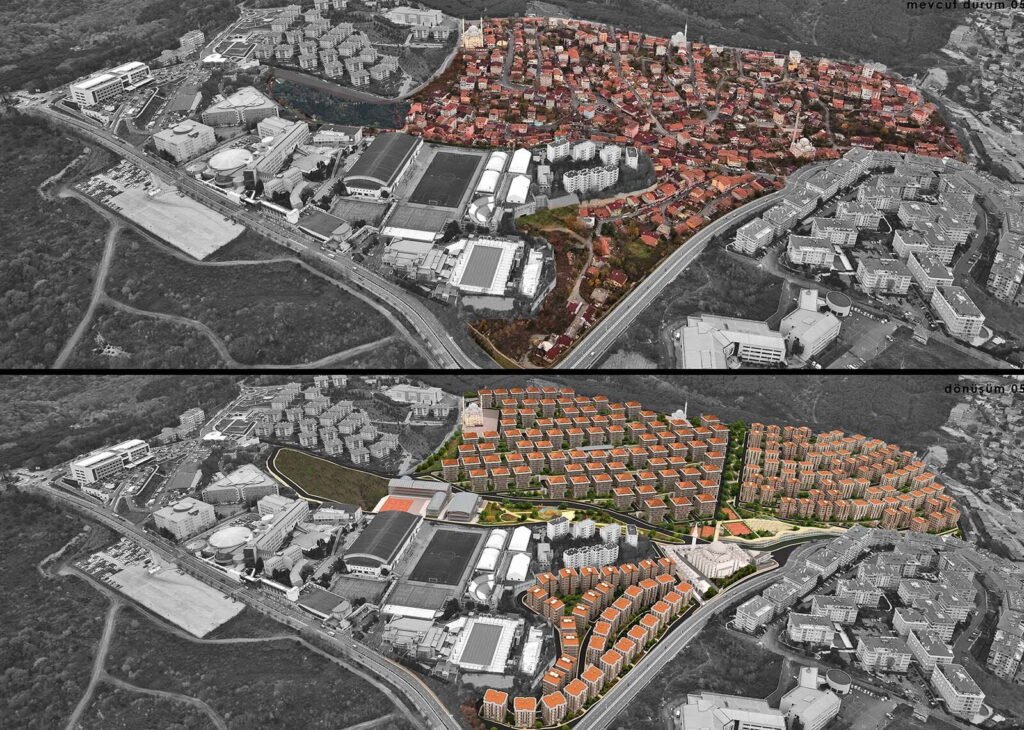Today, urban areas are grappling with numerous challenges, including rapidly growing populations, environmental sustainability concerns, and infrastructure demands. Urban transformation has become a preferred solution for many cities to address these issues. In this article, we will explore the benefits that urban transformation brings to our cities and society.
1. Infrastructure Improvement:
Urban transformation presents an opportunity to strengthen city infrastructure. Upgrading outdated systems, such as water, sewage, electricity, and transportation networks, can lead to significant improvements. This enables cities to operate more efficiently and sustainably.
2. Risk Reduction:
Urban transformation enhances cities’ resilience against natural disasters like earthquakes, floods, and others. By constructing safer and more durable buildings, the capacity to prepare for disasters is increased. This minimizes loss of life and property.
3. Sustainability:
Urban transformation plays a vital role in achieving sustainability goals. Denser urban areas facilitate transportation and boost energy efficiency. Additionally, the creation of green spaces and public areas strengthens efforts to maintain environmental balance.
4. Economic Development:
Redeveloped areas often create new job opportunities. The construction sector, local businesses, and service providers benefit from growth opportunities. Additionally, as property values rise, it provides economic advantages for property owners and investors.
5. Social Integration:
Urban transformation projects offer opportunities to bring diverse social groups together. They can foster more inclusive communities and promote social integration. Public spaces and community centers make it easier for people to come together and interact.
6. Aesthetics and Quality of Life:
Urban transformation contributes to making cities more attractive and livable. Revitalized areas may include well-designed buildings, open green spaces, walking paths, and more public art installations. This enhances the quality of life for city residents.
Conclusion:
Urban transformation is a powerful tool for shaping the future of our cities and addressing their challenges. It offers a range of benefits, including infrastructure improvement, risk reduction, sustainability, economic development, social integration, and enhanced aesthetics and quality of life. Therefore, supporting and effectively managing urban transformation can contribute to a brighter future for our cities.


